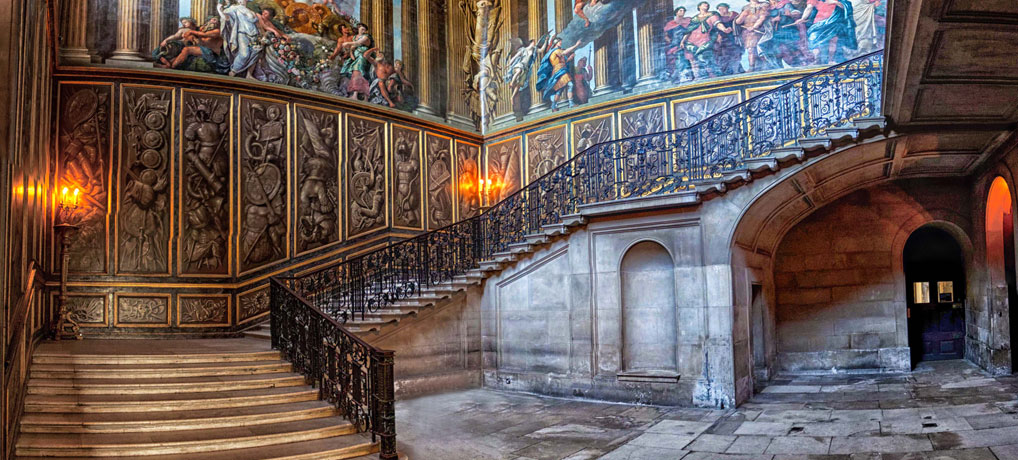King George III (born 4 June, 1738, ascended throne of Great Britain and Ireland 25 October 1760, died 29 January 1820)
This George was the grandson of King George II; his father, Frederick the Prince of Wales, had died before succeeding to the throne, and the title of Prince of Wales was conferred on him three weeks later.
He was unusual for the Hanoverian line of kings, in that he was born in England, spoke English as his first language, did not visit Hanover although he was both Duke and Prince Elector, had a happy marriage and did not have mistresses. George was known to the people as “Farmer George” – could there be a better name?
His personal life was damaged by what was thought to be an episodic madness and is now believed to have been a metabolic condition called porphyria. During his reign, Napoleon was defeated at Waterloo, Britain took control of India, lost control of its colonies in New England, and became retitled as the United Kingdom.
King George III was not interested in residing at Hampton Court Palace, he took some of the furnishings to his new Buckingham Palace (a conversion from Buckingham House and still known as “Buck House” to the Brigade of Guards), and preferred Windsor Castle as a country residence. That did not mean, however, that he was indifferent to the palace as an architectural responsibility; it was in his reign that the instable upper two stories of Wolsey’s Gate House were removed. He also used Hampton Court occasionally for the reception of foreign dignitaries, and provided accommodations there for ageing courtiers in what became known as “Grace and Favour” apartments. These varied in size from multiple rooms with space for servants, to quite small residences. They were disparagingly called “The Quality Workhouse” by George III’s successor, King George IV, and Charles Dickens called the residents, “civilized gypsies.” They were given to squabbling among themselves for priority of seating in the Chapel, and the other trifles which are so important to impoverished gentry.

In 1986 there was a fire which started in one of the Grace and Favour apartments, by no means the first in the palace, but this resulted in considerable expense for repairs. In 1969 it was decided no further awards of Grace and Favour apartments would be made, but the current holders would remain. Designated as “Ancient Monument” the palace passed from the hands of the Royal Household to the government department of Ancient Monuments, and effectively Hampton Court became a museum.
